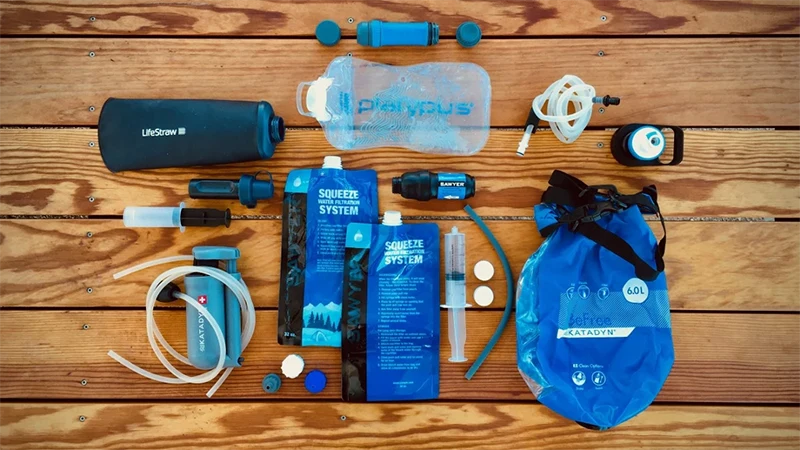

Top Stoves and Filters: The 2019 Appalachian Trail Thru-Hiker Survey from The Trek
We surveyed 365 section or thru-hikers about their stove, food, and water preferences and their experience of illnesses on the Appalachian Trail in 2019. We found some interesting differences in stove and resupply choices among hikers with dietary restrictions. For more information on the hikers, check out our general information post. You can also skip to the TL;DR at the bottom.
See the survey results on The Trek's website here.
From the Squad
Campfire conversations with our community, from Squad Members and Ambassadors to Brand Partners and the Sawyer team.

















